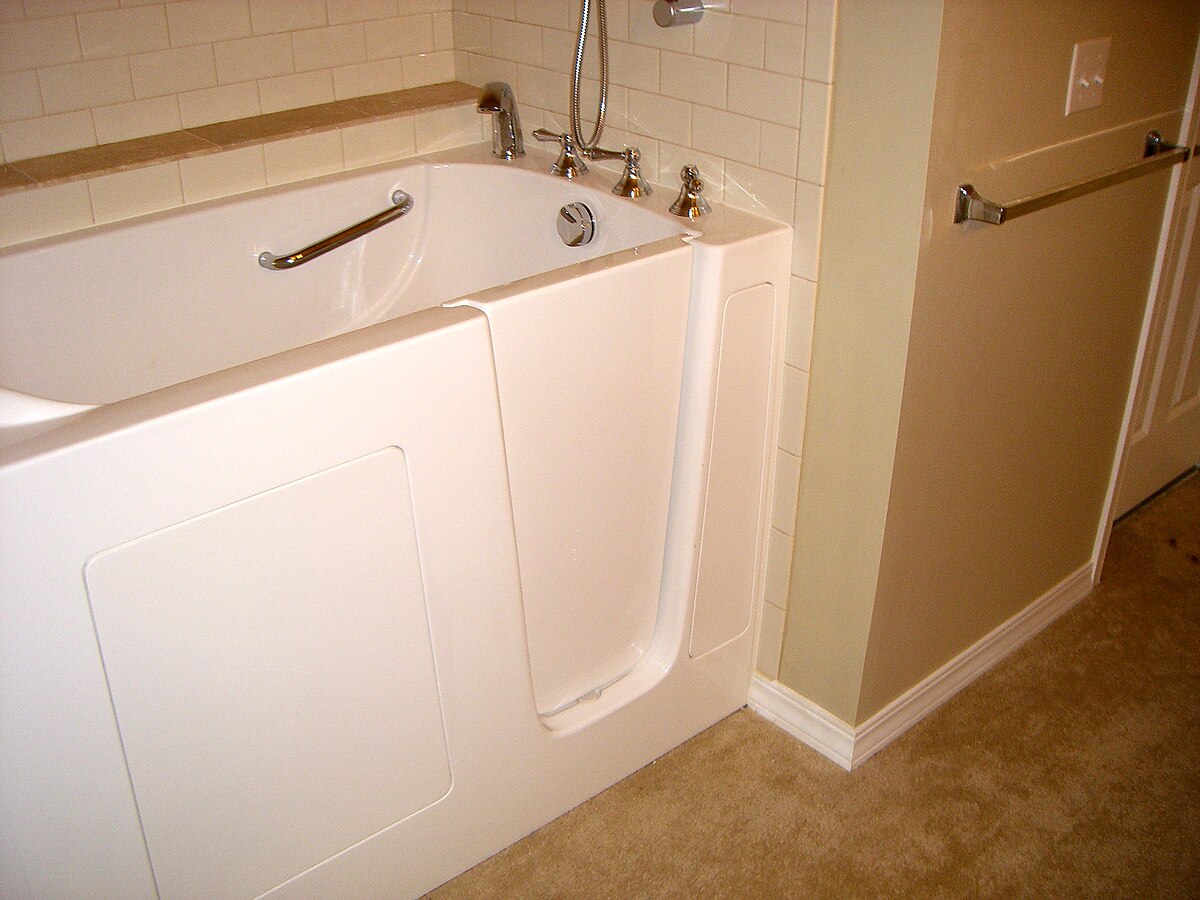Walk-In Showers: Enhancing Safety and Comfort for Seniors
Walk-in showers have become increasingly popular, especially among seniors and those with mobility issues. These innovative bathroom fixtures offer a blend of safety, accessibility, and style, making them an excellent choice for elderly individuals looking to maintain their independence and comfort at home. This article explores the benefits of walk-in showers, their features, and how they can significantly improve the quality of life for seniors.
Additionally, many walk-in showers come equipped with non-slip flooring, providing better traction even when wet. Grab bars are often integrated into the design, offering support and stability for users while entering, exiting, or using the shower. These features work together to create a safer bathing environment, giving seniors and their caregivers peace of mind.
What are the key features of a walk-in shower for seniors?
Walk-in showers designed for seniors often include several key features that enhance both safety and usability:
-
Low or zero-threshold entry: This allows easy access for those with mobility issues or who use assistive devices like wheelchairs or walkers.
-
Built-in seating: Many models include a bench or fold-down seat, providing a place to rest and making tasks like washing feet easier and safer.
-
Handheld showerheads: These adjustable fixtures allow for more control and flexibility, especially useful for seated showering.
-
Anti-scald valves: These prevent sudden temperature changes that could cause burns or shock.
-
Wide entrances: Spacious openings accommodate mobility aids and reduce the risk of bumping into edges.
-
Adequate lighting: Proper illumination is crucial for safety and can be integrated into the shower design.
-
Easy-to-reach controls: Shower controls are positioned for easy access, often at a lower height or near the entrance.
These features combine to create a shower environment that prioritizes the needs of elderly users while maintaining a modern and attractive aesthetic.
How can walk-in showers enhance bathroom accessibility?
Walk-in showers significantly enhance bathroom accessibility for seniors and individuals with mobility challenges. The open design allows for easier movement within the shower area, accommodating assistive devices when necessary. This accessibility extends beyond just entering and exiting the shower; it also makes the entire bathing process more manageable.
For those who require caregiver assistance, walk-in showers provide ample space for helpers to maneuver safely. The absence of barriers like tub walls or shower curtains makes it easier for caregivers to provide support without compromising their own safety or comfort.
Moreover, the customizable nature of walk-in showers means they can be tailored to meet specific accessibility needs. For instance, the height and placement of shower controls, soap dishes, and other fixtures can be adjusted to suit individual requirements, ensuring that every aspect of the shower is within comfortable reach.
Are walk-in showers suitable for all types of bathrooms?
One of the great advantages of walk-in showers is their versatility in design and installation. They can be adapted to fit various bathroom sizes and layouts, making them suitable for most homes. In smaller bathrooms, a walk-in shower can actually help create a sense of spaciousness by eliminating the visual bulk of a traditional tub or enclosed shower stall.
For larger bathrooms, walk-in showers can be designed as luxurious, spa-like spaces with multiple showerheads, built-in storage, and even steam features. They can be installed in corners, along walls, or as centerpiece fixtures, depending on the available space and desired aesthetic.
It’s important to note that while walk-in showers can be adapted to most bathrooms, some considerations must be taken into account. Proper waterproofing and drainage are crucial to prevent water damage, especially in bathrooms with wooden subfloors. Additionally, the existing plumbing configuration may need adjustments to accommodate the new shower layout.
What are the cost considerations for installing a walk-in shower?
Installing a walk-in shower can vary significantly in cost depending on factors such as size, materials, features, and whether it’s a new installation or a renovation. Here’s a general overview of cost considerations:
| Type of Installation | Average Cost Range | Factors Affecting Cost |
|---|---|---|
| Basic Prefabricated Kit | $2,000 - $5,000 | Size, material quality |
| Custom Tile Installation | $5,000 - $15,000+ | Tile type, size, complexity of design |
| High-End Custom Design | $15,000 - $30,000+ | Premium materials, advanced features, extensive customization |
Prices, rates, or cost estimates mentioned in this article are based on the latest available information but may change over time. Independent research is advised before making financial decisions.
These estimates typically include materials and professional installation. However, additional costs may arise from necessary plumbing modifications, electrical work, or structural changes to the bathroom. It’s also worth considering long-term savings in terms of reduced fall risks and potential healthcare costs associated with bathroom accidents.
When budgeting for a walk-in shower, it’s essential to factor in the value it adds to your home and the improved quality of life for elderly residents. Many homeowners find that the investment in a safe, accessible shower pays off in terms of increased independence and peace of mind.
In conclusion, walk-in showers offer a practical and attractive solution for seniors looking to enhance their bathroom safety and accessibility. With their numerous safety features, customizable designs, and ability to fit various bathroom layouts, these showers can significantly improve the bathing experience for elderly individuals. While the initial investment may seem substantial, the long-term benefits in terms of safety, independence, and home value make walk-in showers a worthwhile consideration for seniors and their families.







